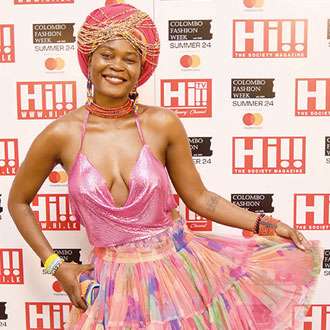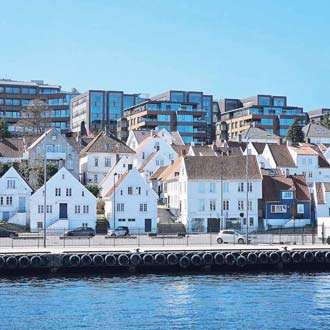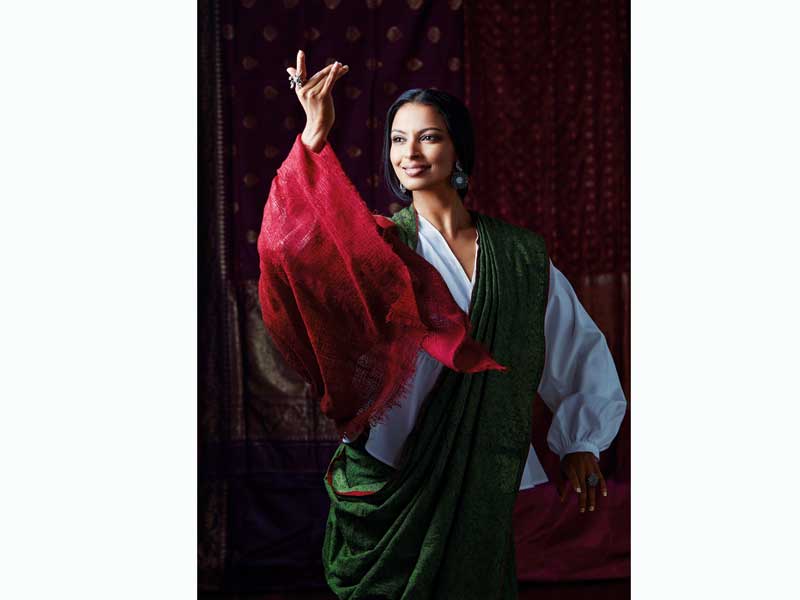
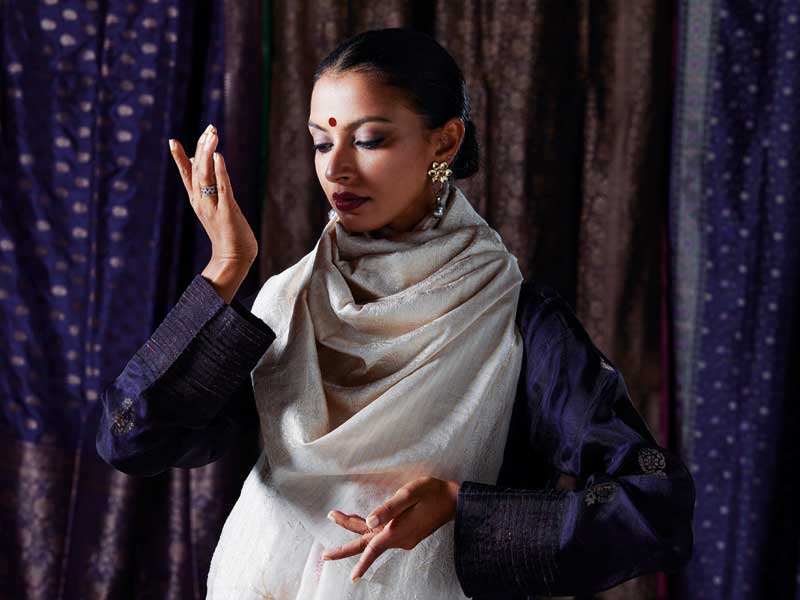
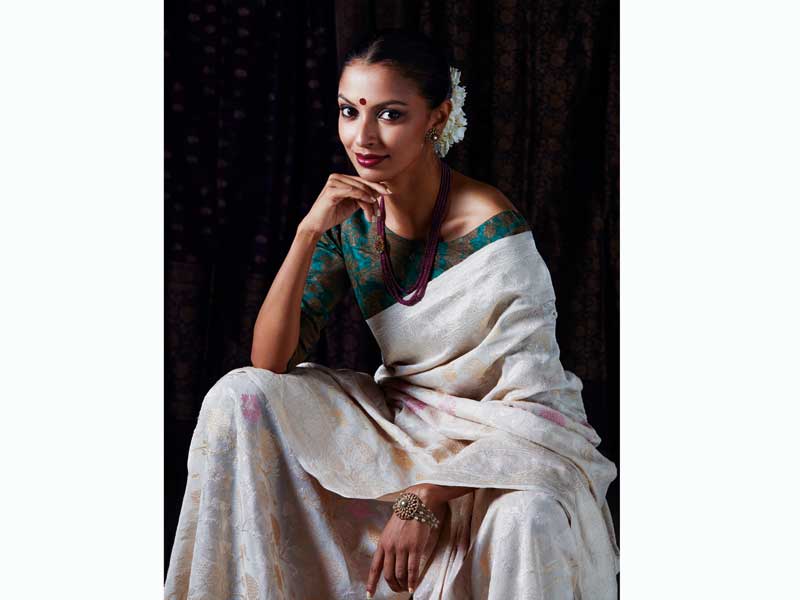
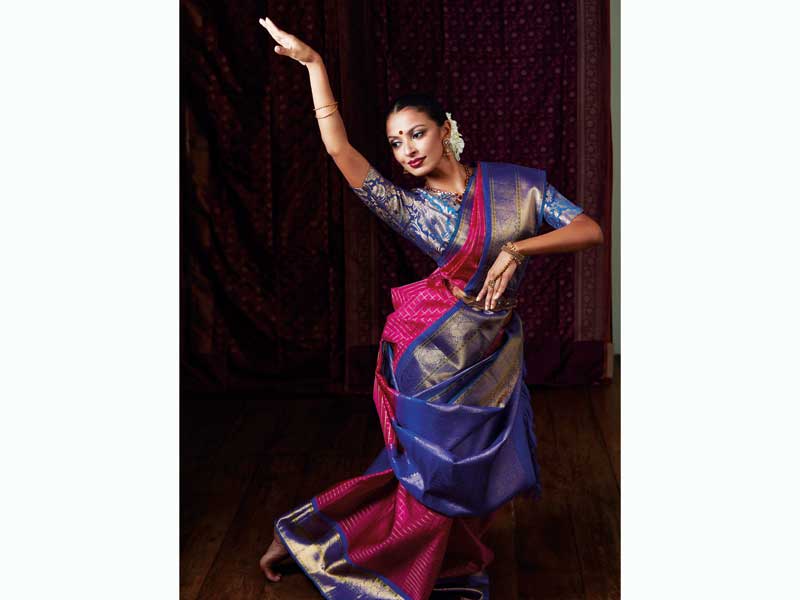
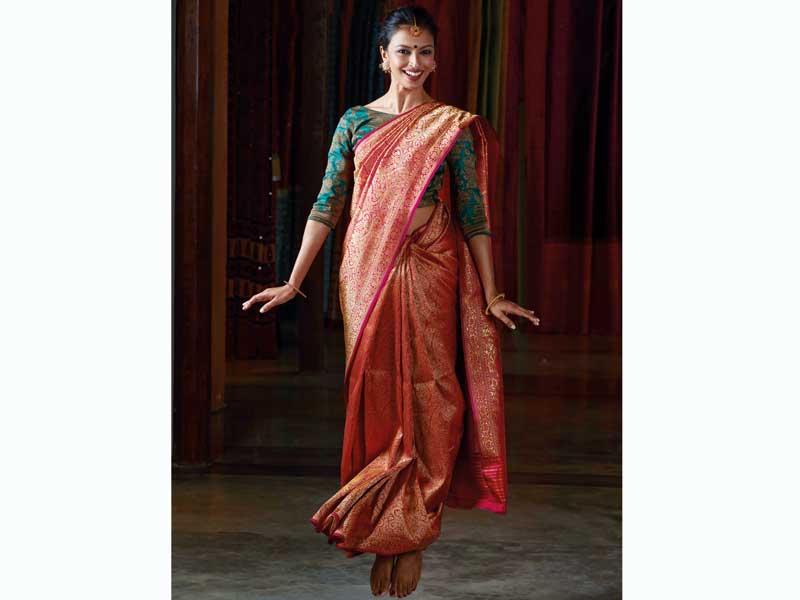
In her own words Valli Mohideen, the proprietor of Rithihi explains the allure of the saree
Words: Tina Edward Gunawardhana
Valli Mohideen is the embodiment of her business Rithihi, a fashionable saree store tucked away in one of the city’s salubrious environs. Quiet and unassuming in nature, Valli has been introducing discerning Sri Lankan women to the beauty of sarees. Her eye for fashion and style has helped her to fill her store Rithihi with a cornucopia of sarees in every imaginable hue and texture one can think of.
How do you persuade Sri Lankans to see the luxurious aspect of the saree?
Sri Lankans are discerning people. Any garment, handwoven, hand-crafted, and using natural plant-based fabrics, is considered luxurious. How much does one pay, for instance, for a pure silk blouse made on power loom fabric and factory printed? And here we are talking about 6 meters of material, often even vegetable dyed or with gold thread. Once people start to see that, they accept that even a simple cotton saree is luxurious.
How do you think the saree has evolved in Sri Lanka during the last 50 years?
The Indian or the Kandyan drape style has evolved from more daily wear in the past to more formal wear only. Post-pandemic working- from-home situations have created less reason for women at work to wear sarees. When I look at the time from when Rithihi started, there is much more awareness now of types of sarees, fabrics and drapes. More exposure through travel, films and social media have contributed to this. Earlier, you had customers walking into the store and asking for ‘soft’ sarees or ‘Mysore’ sarees or ‘traditional’ sarees without really knowing what they were looking for - now they come in and ask specifically for Ikat silks or cotton, Bandhanis or Kalamkari block prints and so forth.
